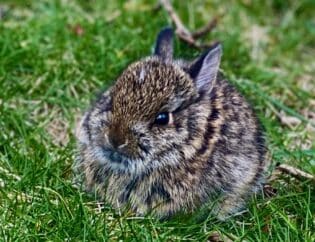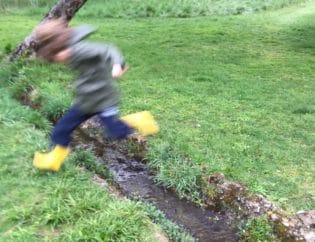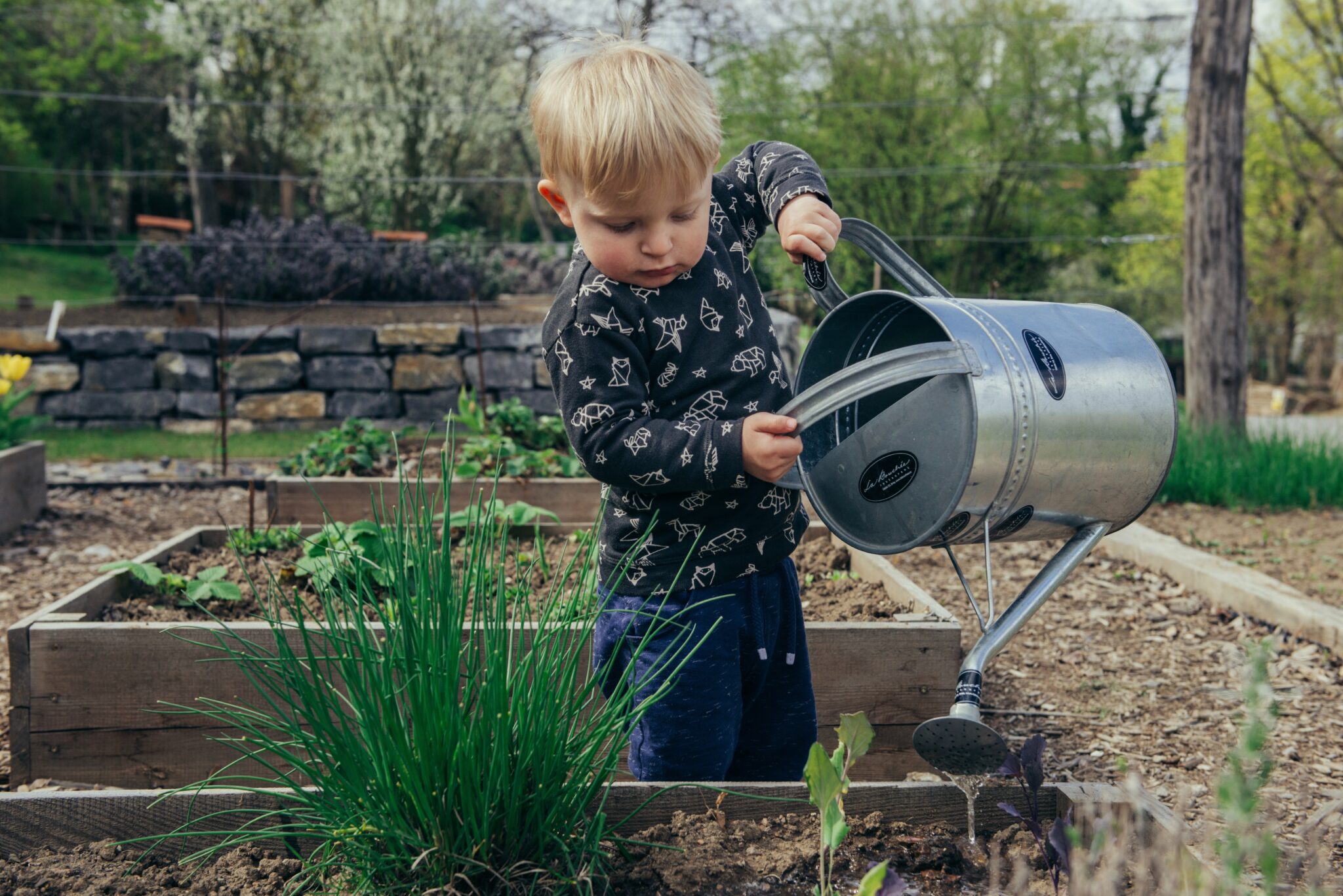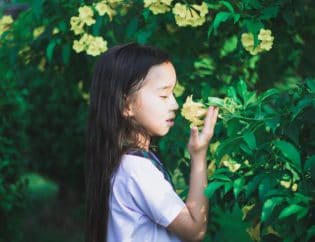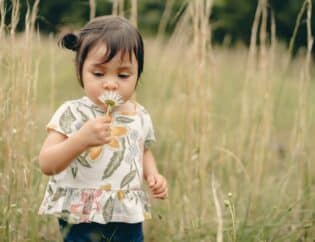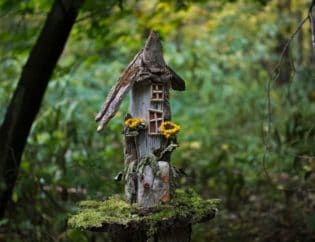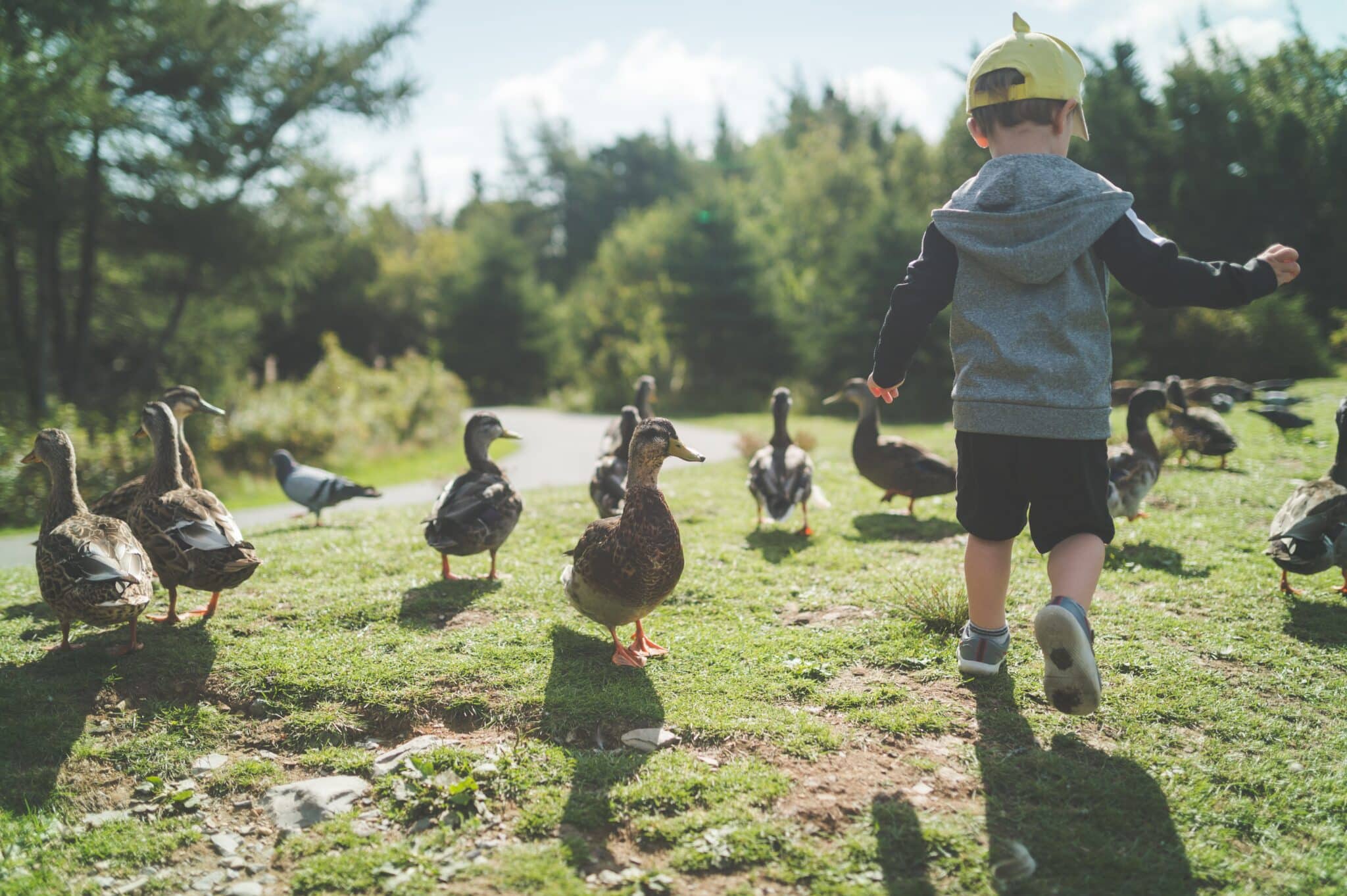
When it comes to nature, in a child’s eyes, not all are equal. Like it or not, children are drawn to more “charismatic” species like pandas or cheetahs over species they might find in their own backyard. And we know this because, well, of course, someone has studied it.
In a relatively recent survey of 2,759 children in grades 4 to 8 across North Carolina, researchers asked children to list four animals they liked and four they feared. The children were then asked to choose five animals they liked the most from a list of 20. Their top picks: “loveable animals” which included domestic pets and large, charismatic megafauna such as the panda, wolf, monkey, and lion. Animals least often included in children’s top five were almost all local animals including the opossum, skunk, raccoon, and bat, all of which were rated “scary” more often than the distant critters. The researchers found that all children, regardless of their neighborhood or whether they were urban or rural, were equally disconnected from local wildlife. Turns out that nature disconnection does not discriminate.
Why does this matter? Who cares if kids prefer pandas? The problem is that we need kids to care about and not fear nature in all of its shapes and sizes. Because if they don’t care now, they certainly won’t as adults. As the study authors write, “Children represent the future supporters of conservation, such that their knowledge about and feelings toward wildlife have the potential to influence conservation for many years to come.”
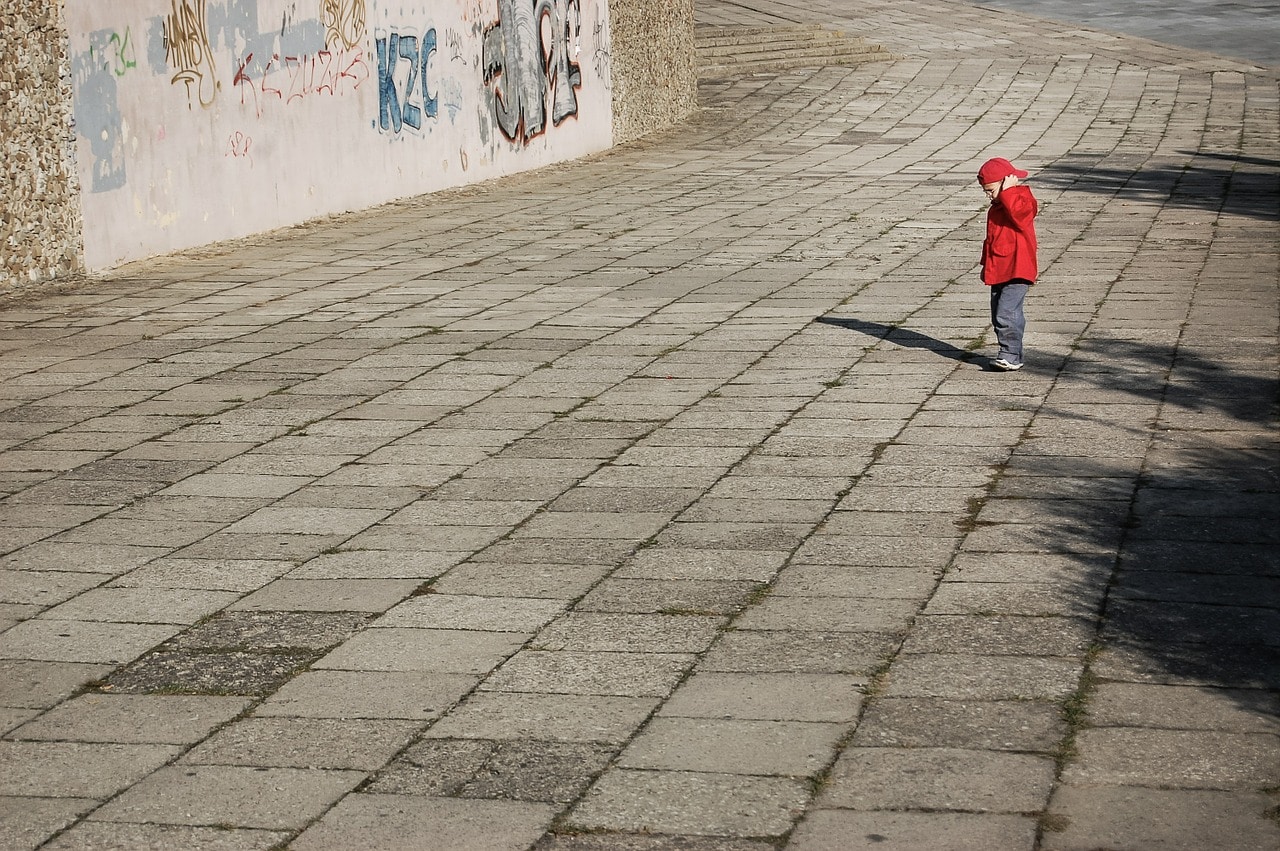
And with our society growing more urban each day, meaning more of us live in cities and those cities are growing, taking over natural, green areas, where wildlife and other critters have lived so far, we need to make sure that we come to a mutual understanding with local wildlife—for their sake and ours.
If children only value charismatic megafauna and pets, they may lose connections to local species and, with that, a willingness to conserve species nearby. We’re not suggesting that it’s wrong for children to like charismatic species. Some of these are among the world’s most ecologically, economically, and culturally important species. They very much need the interest and protection of children for their survival. We’re suggesting that children make room for local nature as well—nature that they will have the opportunity to see up close, observe during citizen science projects and help to protect.
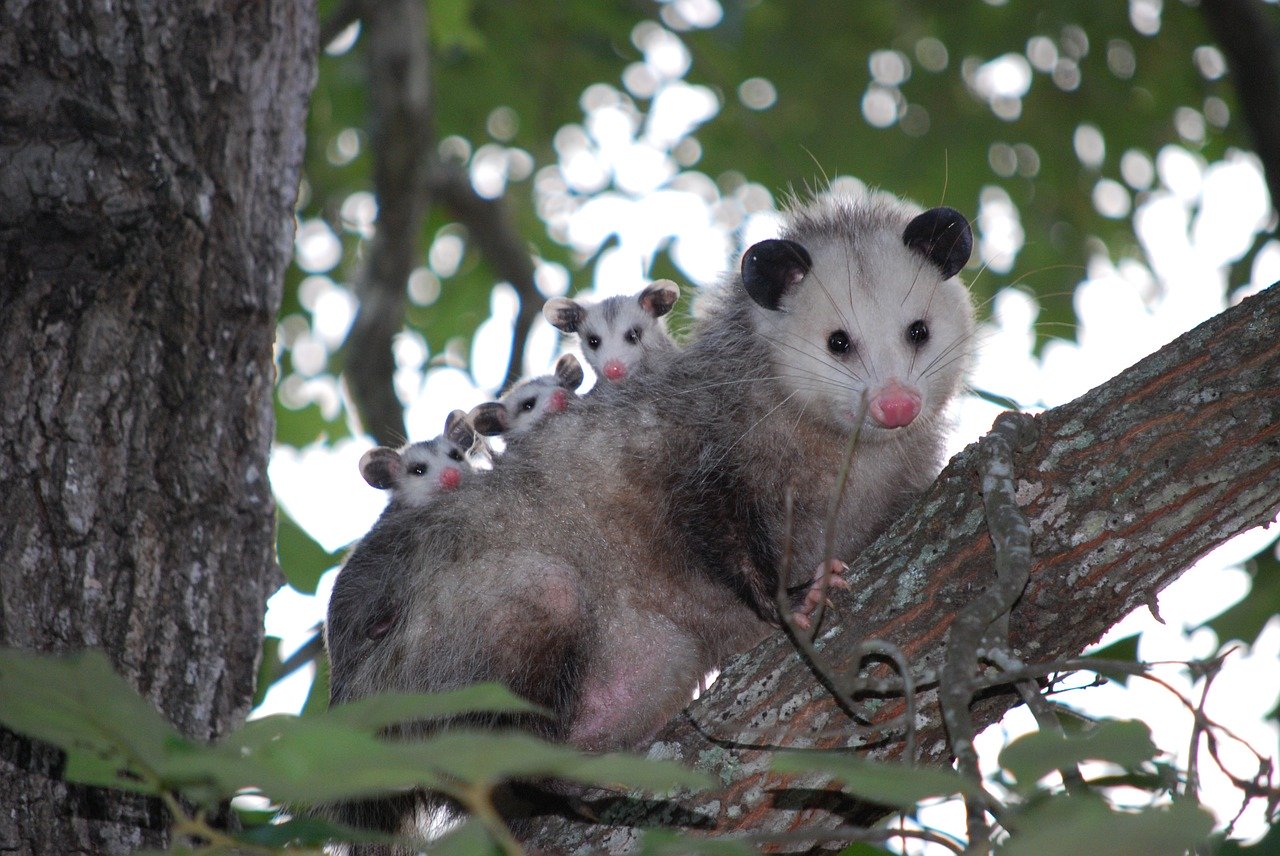
For the sake of wildlife, the need is obvious. If we don’t give the space and resources they need, they won’t survive. And with an astonishing 60% decline in the size of populations of mammals, birds, fish, reptiles, and amphibians in just over 40 years, according to WWF's Living Planet Report 2018, we need to conserve all of the critters that we can.
We need all the wildlife we can save.
To the local environment, local species are vital. Wildlife is needed to pollinate plants, keep some species in check, encourage other species to thrive and to generally improve the quality of local nature. A healthy environment is a biodiverse one.
Think about how important beavers are to a local environment. By digging canal systems, damming water courses, and coppicing tree and shrub species, they create diverse wetlands which bring enormous benefits to other species, such as otters, water shrews, water voles, birds, invertebrates (especially dragonflies) and breeding fish. They also reduce downstream flooding and clean local water.
For our sake, without local nature, we suffer. We are happier when we see nature. Studies tell us that when people saw more species in a park, they experienced great psychological well being.
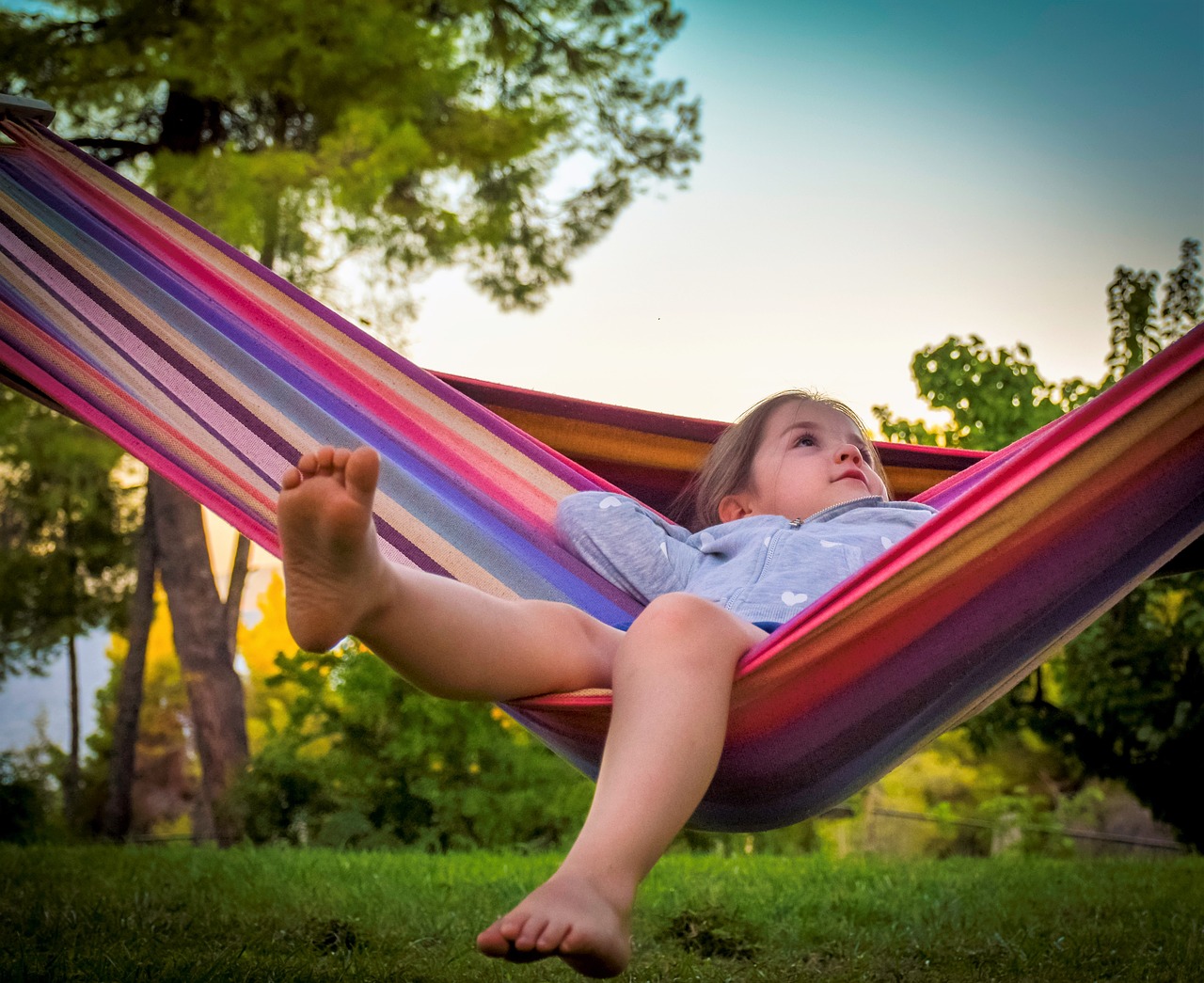
In his new book, “Our Wild Calling,” Rich Louv explores the topic of our need to connect to wildlife in great depth (it’s a great read and highly recommended). Louv writes that “wildlife encounters help calm and quiet us long enough to experience the healing elements of stopping fast time and being absorbed in nature’s slow time.”
But it’s even more profound than calming us. Louv writes that learning to relate to animals makes us more deeply human. “The right animals can give a child a deeper capacity for wonder and empathy as well as a set of symbols to help make sense of the world.” Bravo Louv!
So the questions we turn to are: why are kids not loving local nature? why are they afraid of it? And the answer seems obvious. We fear what we do not know. Kids today are growing up without nature. And so their attachment to exotic creatures is similar to their love of a character in Fortnight or a DJ with a big marshmallow head (ask any 10-year-old about this). It’s remote, mysterious, nothing more than an image. Indeed today kids struggle to identify local wildlife. A study in the UK found that kids were “substantially better” at identifying Pokémon “species” than “organisms such as oak trees or badgers.”

We know of the importance of nature experiences to develop a connection to wildlife. In one study, over 1000 Singapore residents (age 18-69) were asked about their views towards wildlife, as well as their childhood experiences in nature. Most of the respondents held neutral or negative attitudes towards wildlife in the city. And over half said they seldom or never played in natural environments or engaged in nature-related activities in their childhood. An interesting coincidence? Not likely. The study suggests that childhood nature experience is the strongest predictor of their attitudes and tolerance toward wildlife.
We owe it to our kids to give them more than just far-away images of nature. And we know how we can do that. By exposing them to nature in their daily lives, getting nature-based activities on the calendar, focusing our family activities on nature, we can bring nature back into childhood. For our children’s sake— and for nature.


